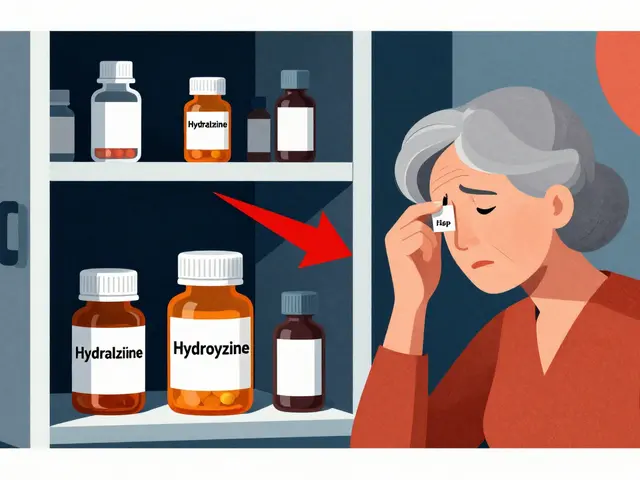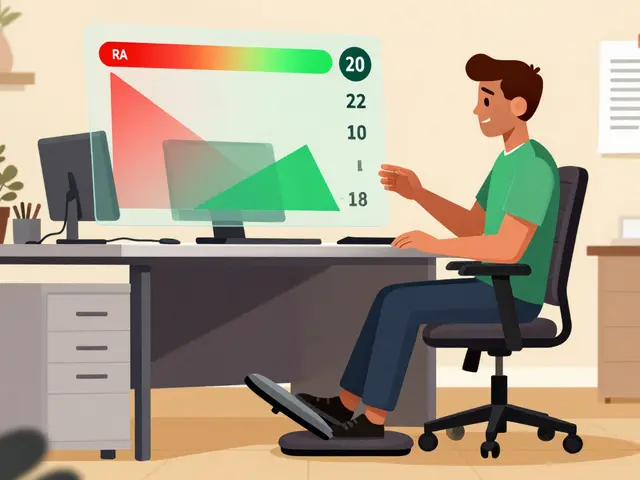Fenticonazole — a practical guide to what it does and how to use it
Fenticonazole is an antifungal medicine people use for yeast and some skin fungal infections. You’ll most often see it as a topical cream for rashes or a vaginal pessary for yeast infections. It kills fungi by damaging their cell membranes so they can’t grow.
If you’ve been told you have a fungal skin infection, athlete’s foot, ringworm, or a vaginal yeast infection, fenticonazole is one of the options your clinician might pick. It’s especially useful when the infection is limited to the surface — not deep or systemic infections that need oral treatment.
How it’s commonly used
For skin infections you’ll typically get a cream to apply once or twice daily until the rash clears and a few days after. For vaginal yeast infections, formulations vary by country: some places use a single-dose pessary while others use a multi-day vaginal cream or insert. Follow the exact instructions on the product label or from your healthcare provider — don’t switch doses or stop early just because symptoms improve.
Small, practical tip: keep the treated area clean and dry. Fungi like warm, moist places, so good hygiene speeds recovery. If you’re using a vaginal product, avoid douching and use plain cotton underwear while you heal.
Side effects and precautions
Most people tolerate fenticonazole well. The common side effects are mild and local — burning, itching, redness, or a stinging feeling where the cream or pessary is applied. A few people get a rash or allergic reaction; if your skin swells, you get trouble breathing, or a severe rash develops, stop use and seek medical help.
Pregnancy and breastfeeding: different countries have different rules. Some vaginal formulations are used in pregnancy, but always check with a doctor or midwife first. If you’re breastfeeding, ask your provider whether to pause use or continue.
Drug interactions are uncommon with topical fenticonazole because very little of the drug reaches the bloodstream. Still, mention all medicines and supplements to your doctor if you’re concerned, especially if you use multiple topical treatments at once.
When to see a doctor: if symptoms don’t improve after the recommended course, if the infection spreads, or if you have a fever or worsening pain, get medical advice. What looks like a fungal infection can sometimes be bacterial, inflammatory, or another skin condition, and the treatment differs.
Buying and storage: only buy from reputable pharmacies. Some formulations require a prescription in your country, others don’t. Store the product at room temperature and keep it away from children. Check the expiry date before use.
Want to read more? Search this site for related articles on topical antifungals, yeast infections, and how to safely buy medicines online. If you’re unsure whether fenticonazole is right for you, a quick chat with a pharmacist or doctor will clear things up fast.
A Patient's Experience with Fenticonazole: A Personal Story
Hey folks, buckle up as I recount my personal rollercoaster ride with Fenticonazole! You know, that stuff they use to tackle fungal infections. Let's just say, me and fungi? Not the best of buddies. So, I had to wrestle with the beast, but Fenticonazole like a trusty sidekick, came to my rescue! Join me as I share the good, the bad, and the itchy of my Fenticonazole journey, and I promise, it's not as scary as it sounds!
read more




